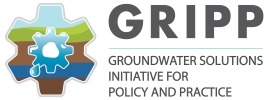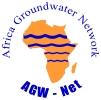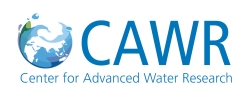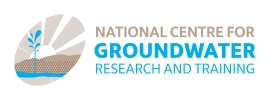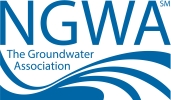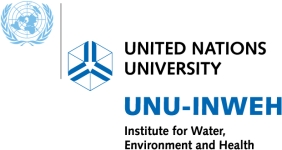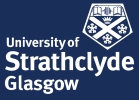Optimizing freshwater storage in brackish and saline aquifers through innovative well design and pumping schemes
ASR-Coastal – What is it?
Brackish or saline groundwater is a common problem in coastal environments. Some aquifers contain saltwater due to recent seawater intrusion caused, for instance, by over-abstraction of groundwater or drainage of low-lying areas. Others contain much older saltwater that is a remnant of previous high sea levels. At the same time, coastal areas are highly productive areas with thriving urban centers, high agricultural and industrial productivity, and high freshwater demand. However, freshwater resources, such as retained rainwater or fresh surface water, are often not available in sufficient quantities throughout the year, creating an inter-seasonal gap when the demand is higher than supply, typically in the dry season. Brackish or saline groundwater is unfit to close such demand-supply gaps, unless it undergoes costly post-treatment.
ASR-Coastal was developed to overcome such coastal water shortages by improving the underground storage of freshwater in brackish and saline aquifers. The concept is to inject freshwater in times of surplus to create a reserve for times of need. The goal is to recover as much of the stored freshwater as possible without mixing it with the surrounding (native) mostly salty groundwater. This requires optimum control of the injected freshwater bubble floating on top of the brackish/salty water, which is achieved by applying multiple partially penetrating wells (MPPWs) in a single borehole (Figure 1) and an automated well control tool (Automated Control Unit). The MPPWs allow for injection of freshwater mainly at the base of the aquifer, while recovering freshwater mainly at the top (Figure 2). This makes it possible to deal with and take advantage of the buoyancy effects (the comparatively lighter freshwater moving towards or staying at the top of the aquifer). The Automated Control Unit makes it possible to optimize well management by switching off wells when salinity levels meet threshold values, thus minimizing the mixing of saline water and freshwater during the recovery phase.
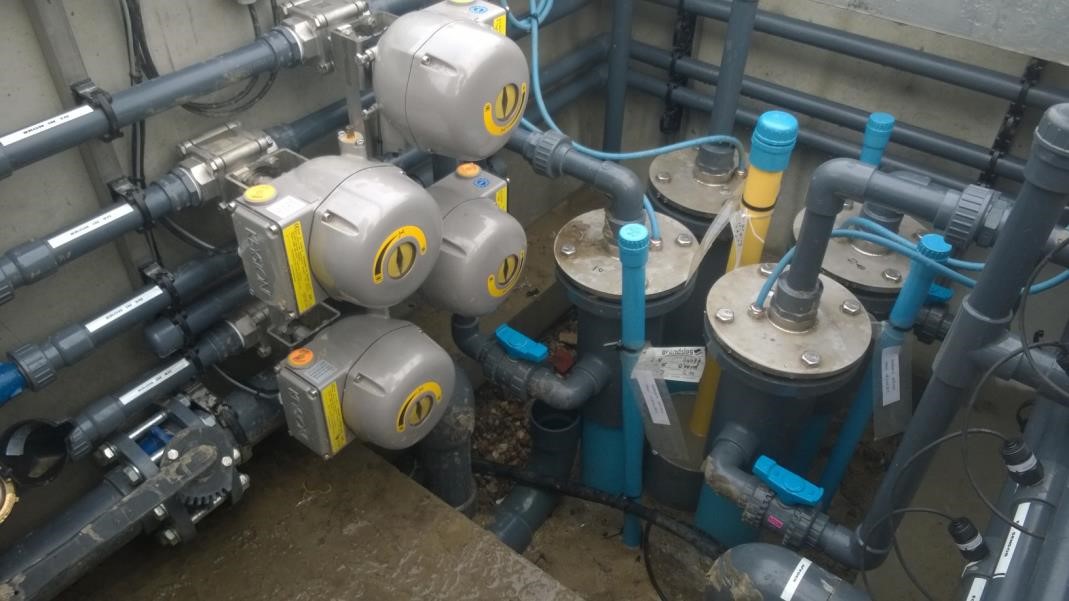
Figure 1. Multiple partially penetrating wells at Dinteloord (photo: KWR).

Figure 2. Injection of surplus freshwater at the base of the aquifer (left) and freshwater abstraction through shallow well screens at the top of the aquifer in times of demand (right) (source: KWR).
Piloting activities and full-scale implementation
ASR-Coastal applications can be implemented on different scales, depending on the water demand and the hydrogeological characteristics of the site. The first ASR-Coastal system was installed in 2012 in Nootdorp (province of Zuid-Holland, the Netherlands). The small-scale system (~14,000 m3 of freshwater injected per year) was designed to bridge seasonal water shortages in a horticultural area by infiltrating rainwater collected from greenhouse rooftops into the confined shallow brackish aquifer and recovering it upon demand. In 2012-13, an extensive monitoring program was conducted alongside the first injection/recovery cycle, providing data for a calibrated flow and transport model [1]. The system has been operating since its installation, and freshwater recovery even exceeds the operator’s water demand [2]. In 2017, a similar system was installed for the greenhouse company Ter Laak in Wateringen (province of Zuid-Holland, the Netherlands).
In 2014, investigations were initiated for a large-scale ASR-Coastal system (about 300,000 m3 storage capacity in a sandy aquifer), using reverse osmosis (RO) treated effluent from a sugar factory as source water for irrigation of high-tech greenhouses (tomato, eggplant and ornamental plants) in Dinteloord (Nieuw Prinsenland, the Netherlands; Figure 3). In 2015, a first pilot well was installed [3], and in 2017, the pilot system was upgraded to full scale, with a total of 150,000 m3 storage volume, through the installation of three additional wells. Another four wells (additional 150,000 m3 of storage volume) will be installed in 2018.
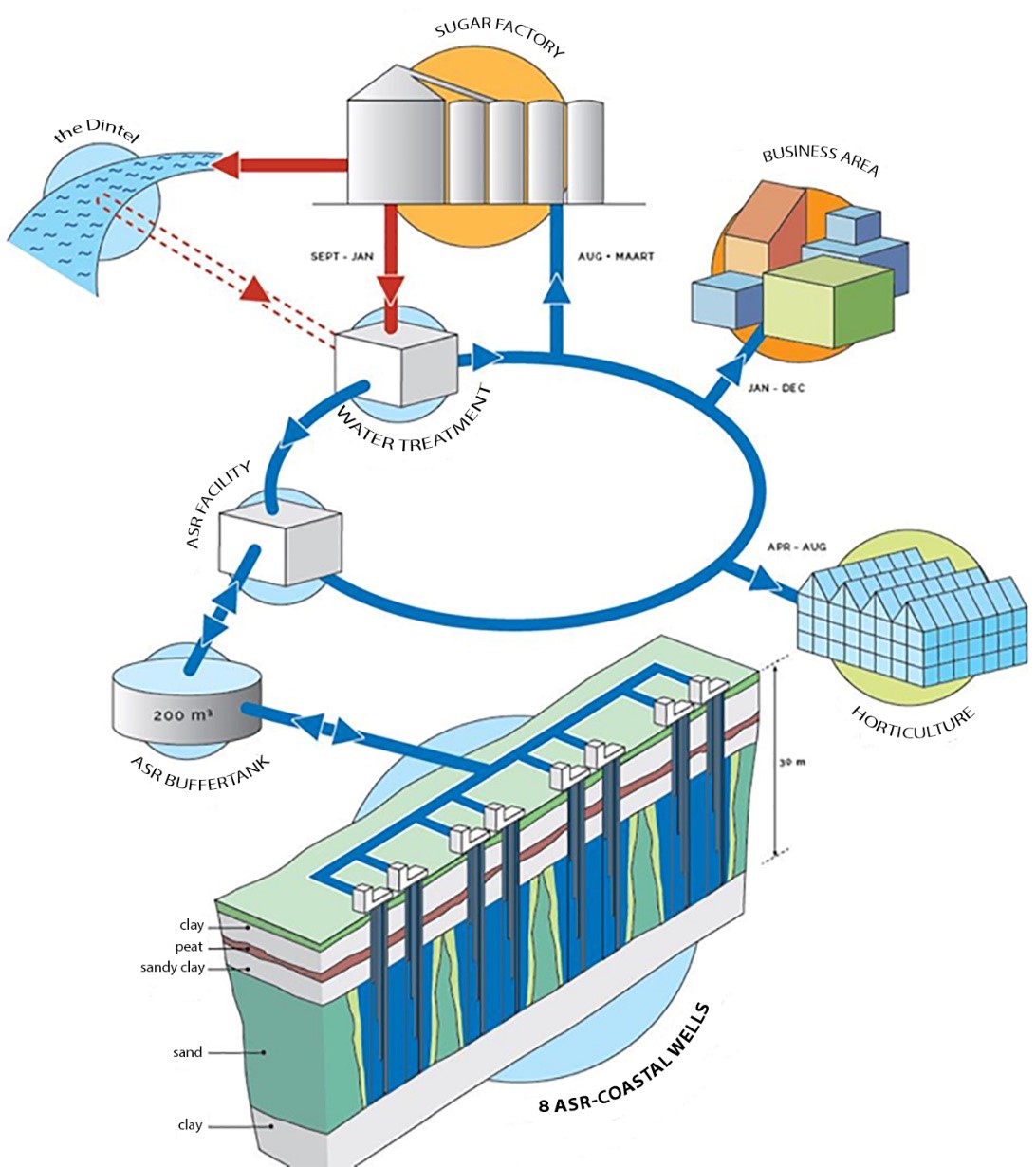
Figure 3. The Dinteloord ASR system (source: KWR).
In addition to ASR-Coastal as a stand-alone solution, it can also be applied in combination with other subsurface water schemes, such as vertical or horizontal interception (abstraction) wells and brackish water RO. In Westland (province of Zuid-Holland, the Netherlands), ASR-Coastal has been implemented successfully since 2014, using rainwater from greenhouse rooftops for injection. During recovery of the injected freshwater, brackish water abstraction is also applied below the level of freshwater retrieval, and the abstracted brackish water is treated by RO to increase freshwater production (the so-called Aquifer Storage and Recovery and Brackish Water Reverse Osmosis [ASRRO] scheme) [4].
Findings and experiences from ASR Coastal applications
Lessons learned from the small-scale ASR-Coastal application in Nootdorp:
The ASR-Coastal system proved to be successful in securing irrigation water for large-scale orchid horticulture. The volume of recoverable water was sufficient to meet the water demand in seasons of less rainfall and severe droughts, like in 2018. During the first cycle, approximately 40% of the injected freshwater was recovered. A calibrated SEAWAT model (modelling software that also considers the density of the fluids) showed that recovery efficiency would increase in subsequent injection/recovery cycles, due to the gradual development of a zone of less saline water around the ASR-Coastal system, until it would finally approach 60% [1]. In 2017, recovery efficiency was reported to be 55% [2]. The SEAWAT modelling furthermore showed that the implementation of a conventional ASR system (using a fully penetrating well for injection and recovery) would not have achieved similar results. In this case, only 15% of the injected water would have been recoverable [1]. This illustrates the significance of the distinct injection and recovery concept of ASR-Coastal.
The ASR-Coastal system proved to be economically feasible. The cost of freshwater (fully paid by the end users) varies between EUR 0.17 and EUR 1.58/m3, depending on the freshwater recovery. This is within the cost range of alternative water sources, such as desalinated water or piped water (approximately EUR 1.0/m3) [1].
Lessons learned from the large-scale ASR-Coastal site in Dinteloord:
Hydrogeological investigations and SEAWAT modelling studies provided a basis for the assessment of the large-scale application of ASR-Coastal. Modelling results indicate that recovery efficiency in a large-scale system may be even higher than in small-scale systems [5], and it is expected that in later injection/recovery cycles, the injected water will be almost completely recoverable [6]. Bubble drift[i] does not constitute a problem because of the low horizontal hydraulic gradient [3], but the hydro-chemical processes within the aquifer, when injecting RO-treated water, are the subject of further investigation. Participatory technology assessments (pTA) have been performed to increase acceptance of the reuse scheme among stakeholders, which include not only farmers, but also decision makers, residents and different civic groups (e.g., environmental nongovernmental organizations). The aims of pTA are to identify the technology’s potential impacts in a particular environmental and social context, and to find ways of dealing with the main concerns [7].
Lessons learned from combined configurations, as in Westland:
Brackish water abstraction from the lower part of an aquifer with higher salinity conjunctively with recovery of freshwater from the top of the aquifer can increase the performance of ASR-Coastal applications. This prevents the upconing[ii] of brackish water and its mixing with freshwater in the shallow abstraction wells. In the ASRRO site in Westland, brackish water is abstracted from the deeper well screens of the MPPW, while freshwater is abstracted from the shallower well screens. This prevents the upconing of brackish water and its mixing with freshwater in the shallow abstraction wells. Modelling studies show that recovery efficiency can improve from 41% (application of ASR-Coastal without saline water abstraction) to 65% (ASR-Coastal combined with saline water abstraction). In addition, the total freshwater volume available increases with the application of RO treatment of the in-abstracted brackish water [8].
What’s next?
Applications of ASR-Coastal prove that it can substantially improve water management in coastal environments where there are saline or brackish aquifers and a seasonal mismatch of water availability and water demand. Instead of wasting excess water in times of surplus, this opens the opportunity of storing water underground and using it in times of need. When the systems are properly designed, the comparably high performance (recovery efficiency) of ASR-Coastal systems makes them economically viable and ensures a reliable supply, even in times of peak demand [2]. Most ASR-Coastal cases have been developed in partnership with private investors, and all have performed as anticipated. Monitoring and research programs should not only improve our knowledge of the system but also help create awareness and build confidence in this approach, in order to establish it as a conventional solution in the repertoire of water management options.
To make the application of ASR-Coastal user-friendly and to minimize risks and optimize its performance, a number of tools have been developed [9]. Prior to planning and implementation, the Subsurface Water Solutions Location Identification tool can be applied to find areas potentially suitable for ASR application, taking into account the topographical and hydrogeological situation. The ASR Performance Assessor tool can be used to evaluate the potential recovery efficiency of the planned ASR system, taking into account bubble drift and buoyancy (saltwater-freshwater interaction) effects [10]. The ASR tool can be applied to assess the risks and costs of the system [9]. During operation, the SUBSOL Automated Control Unit can be used to monitor and record aquifer conditions in real time and automatically control the injection and recovery of freshwater [9].
To guarantee our future water security, maximum conservation of temporarily available freshwater resources like rainwater, reuse water, and surface water is indispensable. ASR-Coastal provides the means to optimally and economically store and preserve freshwater surpluses in coastal areas for later demand, without claiming vast areas of land. The approach can simultaneously prevent groundwater depletion and salinization due to overdraft and seawater intrusion.
Watch a video on Dinteloord.
[i] The movement of the freshwater bubble associated with the regional groundwater gradients
[ii] In stratified aquifers (where brackish or saline water occurs below the freshwater), pumping in the freshwater zone can induce a rise of the fresh-saline interface below the well and increase the risk of abstraction of saline water.
[1] Zuurbier, K.G.; Zaadnoordijk, W.J.; Stuyfzand, P.J. 2014. How multiple partially penetrating wells improve the freshwater recovery of coastal aquifer storage and recovery (ASR) systems: A field and modeling study. Journal of Hydrology 509: 430-441. https://doi.org/10.1016/j.jhydrol.2013.11.057.
[2] Zuurbier, K.G.; Raat, K.J.; Paalman, M.; Oosterhof, A.T.; Stuyfzand, P.J. 2017. How subsurface water technologies (SWT) can provide robust, effective, and cost-efficient solutions for freshwater management in coastal zones. Water Resources Management 31(2): 671-687. https://doi.org/10.1007/s11269-016-1294-x.
[3] Zuurbier, K.; Ros, S. 2017. Aquifer storage and recovery van gezuiverd effluent Nieuw Prinsenland (Dinteloord). Report KWR2016.117. http://api.kwrwater.nl//uploads/2017/12/KWR-2016.117-Aquifer-storage-and-recovery-van-gezuiverd-effluent-Nieuw-Prinsenland-(Dinteloord).pdf
[4] Ros, S.E.M.; Zuurbier, K.G. 2017; The impact of integrated aquifer storage and recovery and brackish water reverse osmosis (ASRRO) on a coastal groundwater system. Water 9(4): 273. https://doi.org/10.3390/w9040273.
[5] http://www.subsol.org/about-subsol/replication-sites
[6] https://www.kwrwater.nl/en/projecten/effluent-reuse-tom-dinteloord/
[7] Degnbol, D.; Jakobsen, J.B.; Gram, S.; Clemmensen, A.H.; Henriksen, H.; Rasmussen, K.G. 2017. Participatory technology assessment of subsurface water solutions – A step-by-step guide to stakeholder involvement. Report Subsol D4.2. http://www.subsol.org/uploads/deliverables/d4.2_Subsol_A_Step-by-Step_Guide_to_Stakeholder_Involvement_.pdf
[8] Zuurbier, K.; Haas, K. 2016. Assessment reversed osmosis membrane clogging by varying redox conditions of feedwater – Part 1: Site characterization and ASR performance. Report Dessin project D22.3. https://dessin-project.eu/?wpdmpro=d22-3-assessment-reversed-osmosis-membrane-clogging-by-varying-redox-conditions-of-feedwater
[9] http://subsol-data.euprojects.net/l/ProductService/icons/
[10] https://www.watershare.eu/tool/asr-performance-assessor/
Maike Groeschke1, Koen Zuurbier2 and Klaasjan Raat2
1 Federal Institute for Geosciences and Natural Resources (BGR), Germany
2 KWR Water Cycle Research Institute, the Netherlands






